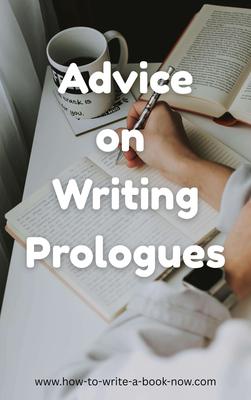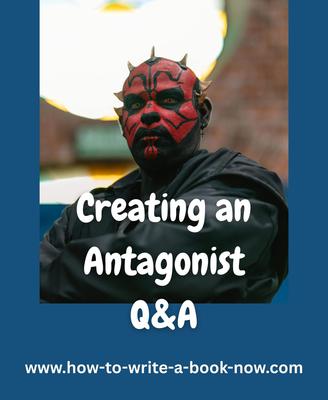Character Throughlines and Main Story Throughline
by Sarah
(Detroit)
Question: My problem is that I have two primary characters in my story. One of them is most definitely the "Main Character" because the major signpost events of the novel directly involve her. However, I have another key character who is directing much of the action toward the goal, so I assume he is my Protagonist. One of my problems is that my main character's throughline is essentially the same as the story's throughline itself.
Also, my Antagonist character is not involved until the climax of the story because she isn't even brought into play until then. However, there is a villain type character who is causing drama that essentially brings about the climax of the story, which at this point, brings the Antagonist into play.
This is making following the plot structure using Dramatica somewhat difficult, as my characters move in and out of the story. How does one outline a correct plot when the characters are more fluid in their presence in the story, such as mine? Does this mean I have more than one plot in the story?
I've written off and on for over ten years and keep having to scrap my novel after much work because I can't seem to create a real, solid plot for the novel.
Any advice is appreciated.
Answer: There are two ways of identifying the main character. First, the main character is the character through whose eyes the reader perceives the story. When reading the story, the reader imagines him/herself to be the main character while looking AT the other characters. The reader is privy to the main characters thoughts and emotions directly, while having to infer the thoughts and emotions of the other characters from their actions and words. (If you have multiple POV characters, the main character is the one the reader empathizes with or cares most about.)
Second - and this is not a hard and fast rule but it makes a better story - how the main character resolves his/her inner conflict at the climax determines whether the story goal is achieved. At the end of the story, we see that the main character is better or worse off because of that
Now, I haven't read your story, so I just have to make inferences from what you tell me. However, I'm wondering if your protagonist is also your impact character? In other words, does he illustrate a way of being or doing that is different from the main character's, such that her decision at the climax is whether to follow his example rather than her usual approach?
As for your main character's throughline being the same as the overall throughline, that's not a problem. Often the two are woven closely together. What matters is that, as the events of the overall story unfold, the main character is pressured to change. Her inner conflict can happen at the same time as the external conflict. (We label the main character's journey as a separate throughline as a reminder to make sure it gets included.)
As for the Antagonist, some stories involve a "hand-off." That is, one character may have a function for part of the story, and then exit the story, passing the function on to another character who performs it from then on. So you can have one character who functions as the antagonist - trying to prevent the story goal from being achieved - for the first part of the story. But that character can leave at some point (be killed, neutralized, marginalized etc.) and a different character can take up the baton.
The guideline is merely that you shouldn't have two characters performing the same function at the same time (in the same scene), because there's no drama then.
Last point - if you have multiple stories within your novel you will have multiple story goals. If you have characters moving in and out of the story, but they are all involved in or affected by the same goal or problem, then you have one story.
I should point out that characters aren't always conscious of the story goal. For instance, Romeo doesn't consciously set out to reconcile the feud between his family and Juliet's, nonetheless he and all the other characters are affected by the feud, and his actions bring about the resolution.
- Home
- Plot Questions
- Character Throughlines and Main Story Throughline















